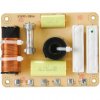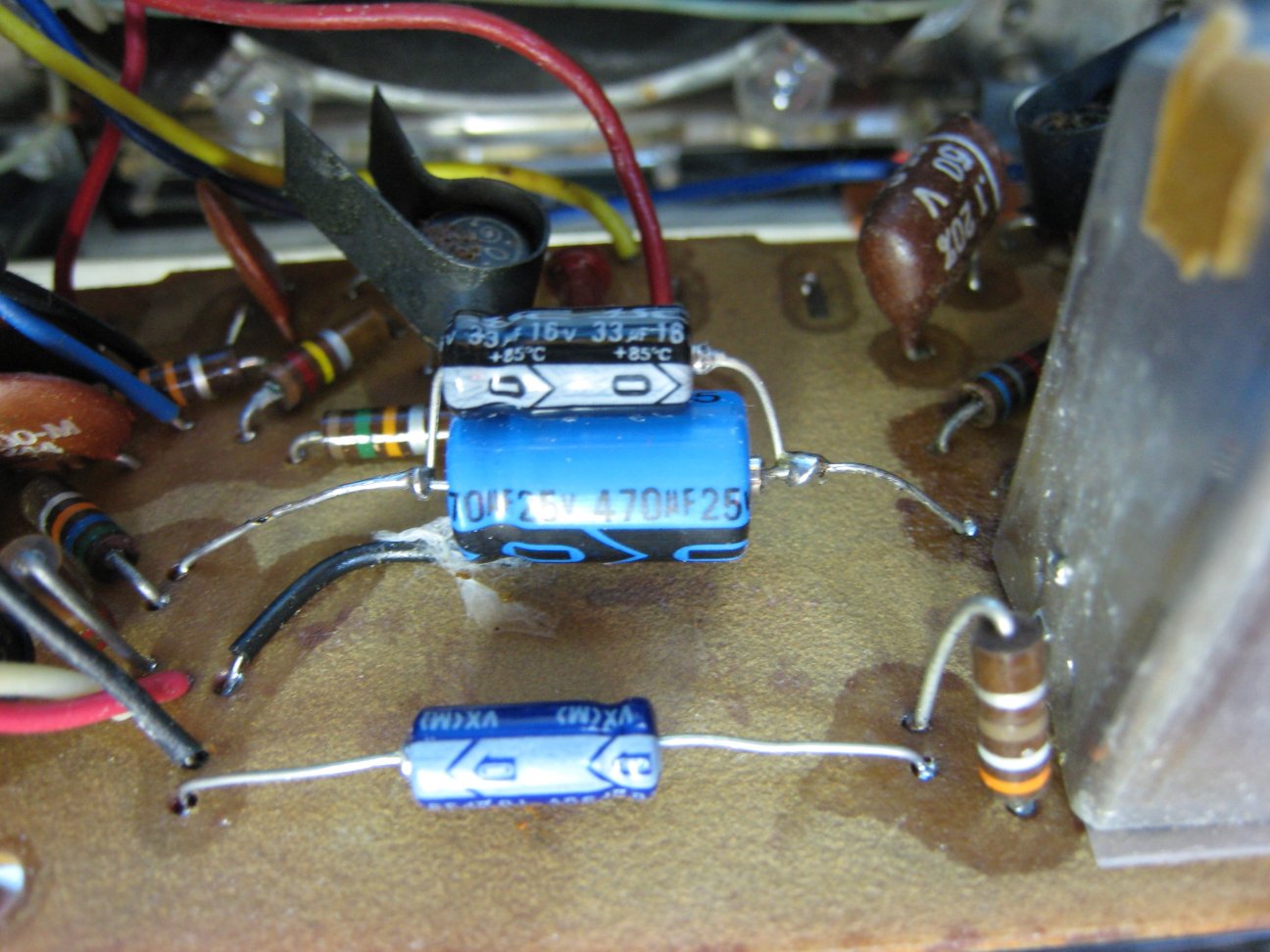<MACHINE>
Inspired
Hello all...
Does anyone know the voltage of the 3.3uf cap that LZRBeam added in parallel (I PM'd him about it some days ago but haven't heard back)?
I have everything he described coming in the mail … except for the cap. I noticed there was different voltages when I went to buy it and I didn't want to get the wrong thing (does it even matter?).
Thanks in advance for any help
Does anyone know the voltage of the 3.3uf cap that LZRBeam added in parallel (I PM'd him about it some days ago but haven't heard back)?
I have everything he described coming in the mail … except for the cap. I noticed there was different voltages when I went to buy it and I didn't want to get the wrong thing (does it even matter?).
Thanks in advance for any help
Last edited:


